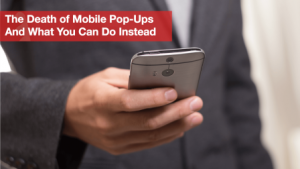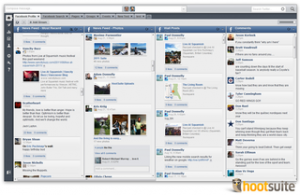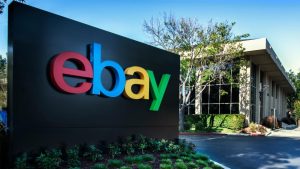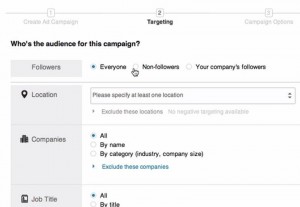“Having a poor onboarding experience for your customers can pretty much kill your growth … if not your business.”
That’s our friend Lincoln Murphy talking about the importance of onboarding. It’s that important.
Onboarding pairs nicely with behavioral email since it’s easy to control what messages users receive and when. All of it can be data-driven which is a radical improvement over time-based autoresponders. Additionally, dynamic segmentation allows SaaS businesses to completely automate onboarding without worrying if users will end up with irrelevant emails in their inbox.

What is customer onboarding?
- The process of getting customers from “first touch” to “first value” as quickly as possible.
- A series of small conversions leading to a bigger, more significant conversion
- The removal of barriers to entry in your product/service.
At it’s core, onboarding is a product challenge. Email helps you communicate value. It can trigger the “light bulb” for new users. But product and marketing have to work together to ensure new users hear a consistent message.
Here are some great onboarding emails that you can use in your own marketing.
1. The Welcome Email
The purpose of the welcome email is to:
- Build on the momentum of the signup
- Move users to the next step, not the final goal
- Set the tone for their experience
Every welcome email should have a specific goal (in addition to saying “hello”). Here are a few example goals:
- “Complete your profile … “
- “Create your first X … “
- “Import your data … “
- “Download the app … “
Example #1: SumAll

Why This Email Rocks
- Simple, clear and bold
- Connecting a new platform to SumAll means they can start collecting data and therefore create value for users
- Contrasting button, friction-free copy
- Highly focused with a single call to action
Example #2: Basecamp

Why This Emails Rocks
- The email is a simple catalyst to get new people logged in
- Basecamp is confident that the product will sell itself
- It employs social proof to make users feel like they will miss out if they ignore the email (“You’ve joined over 1,500,000 organizations just like yours … “)
2. The “Quick Win” Email
The purpose of the “Quick Win” email is to:
- Get new users engaged with your product
- Introduce them to features you know people love
- Move them from the inbox to the app as efficiently as possible
The best “Quick Win” emails don’t try to do too much. Remember that a series of small wins can have a large cumulative effect.
- Try to focus on benefits of your product, not the features
- Link deeply – If the CTA is to “create a new x”, link them to the exact page
- Use data to ensure you aren’t asking people to do things they’ve already done (this is the issue with autoresponders)
Example #1: Pinterest

Why This Email Rocks
- Very useful feature (remember, onboarding is largely a product issue, email is just a catalyst)
- Piques interest with education, which tees up the CTA
- Includes an example and a deep link to create your own
Example #2: Raven Tools
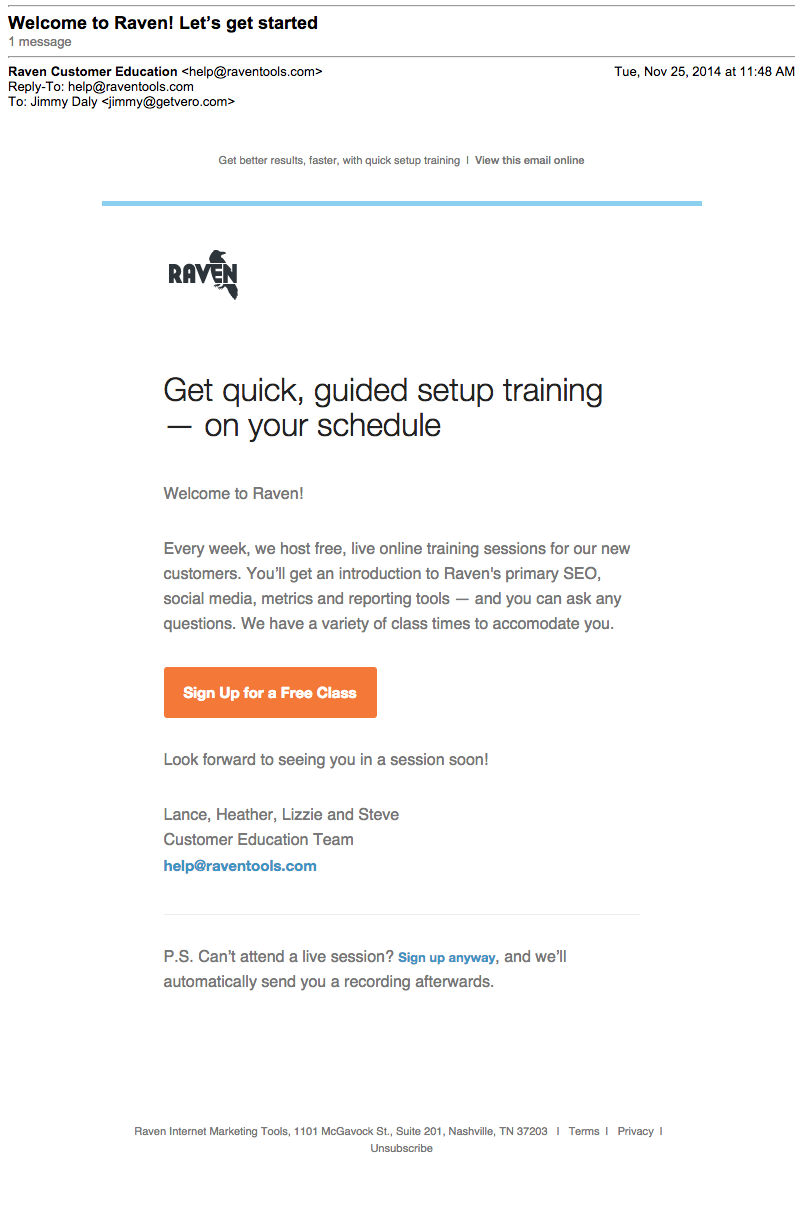
Why This Email Rocks
- Knowledge is power – the more users understand your product, the more value they’ll get from it
- Getting users engaged early creates a habit of conversion – they get used to clicking your emails and engaging with your brand
- They make it easy – look at the copy:
- “Quick, guided training on your schedule”
- “free, live training”
- “variety of class times to accommodate you”
- “Quick, guided training on your schedule”
3. The Milestone Email
The purpose of the Milestone email is to:
- Reward people for good behavior
- Reinforce the value your product is delivering
- Build on the momentum by moving them to the next step
The key to Milestone emails is making the recipient feel great.
- Use upbeat, positive copy to make users feel great about using your product
- Use micro CTA’s to deepen your relationship (refer a friend, follow on Twitter, check out our blog, etc.)
Example #1: Evernote

Why This Email Rocks
- Rewards engagement – makes the user feel good about it
- Moves users to the next step by explaining advanced features
- Arrives with context – it’s triggered as a direct result of my behavior and comes almost immediately.
Example #2: Canva

Why This Email Rocks
- Gamification is a way turn behavior into habit
- The imagery makes it clear there are move achievements to be unlocked (“I want the 20 designs trophy!”)
- Micro CTAs – Social media sharing cements a users’ commitment to your product
- Even more micro CTAs – Blogs and social media can inspire and motivate users to engage more
4. The “Hail Mary” Email
The purpose of the “Hail Mary” email is to:
- Get as many trial customers to convert as possible
- Improve the ROI of your top-line spend
- Encourage users to try new features and/or experience your product again
Example #1: Help Scout

Why This Email Rocks
- This email actually worked and is how Vero became a Help Scout customer.
- It was sent 5-6 months after my initial trial expired.
- A decent offer, a simple CTA with a simple next step.
- They use social proof – see quote.
- It’s super clean.
Example #2: Sprout Social

Why This Email Rocks
- There are clear reasons to come back: Sprout highlight new features and/or feature I may not have seen.
- The process I have to take is three simple steps and gets me to log back in (means they didn’t delete my account, that’s nice of them
- It looks and feels personal. I could definitely hit respond and ask questions or share concerns: great for both Sprout and me.
How to get started with triggered onboarding emails
- Ask customers to go on a second date, not get married.
- Define success and map out the steps to get users engaged, committed and 100% onboard
- Track data with tools like KISSmetrics and make your emails as specific as possible based on their behavior
- Use tools like Vero for dynamic segmentation and highly personalized emails
- Avoid time-based sequences – the chances of sending an irrelevant email are very high
(349)
Report Post


